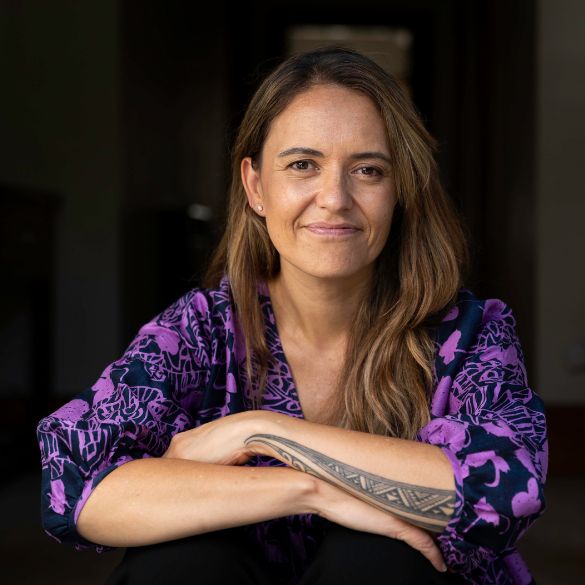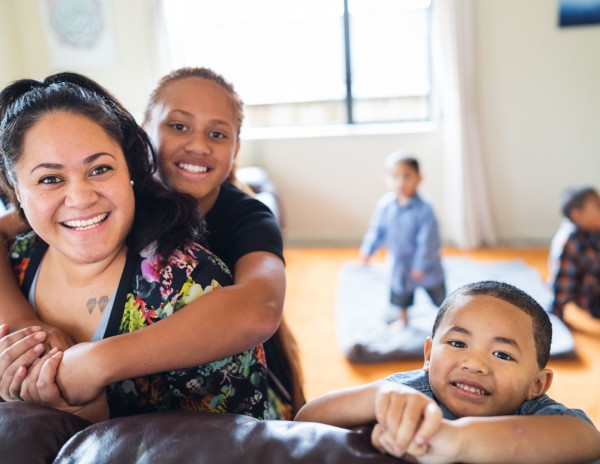GUiNZ has put measures in place to ensure Māori and Pacific families feel supported and valued as participants. During the recently completed 12-year data collection wave, Māori interviewers engaged with Māori whānau while Pacific interviewers engaged with Pacific families.
“We can already see in our analysis that it made a significant difference,” says Paine. “Despite the terrible context of the Delta and Omicron outbreaks, which were going on at the same time as our 12-year interviews, our preliminary data suggests that having interview teams that understand the realities for Māori and Pacific communities and helpful and appreciated."
Another new measure was that for families committed to speaking te reo Māori at home, questionnaires were provided in te reo and interviews conducted by fluent speakers.
Paine is working to extend the study’s commitment to Māori and Pacific people even further across the organisation.
“We need more Māori and Pacific researchers within our study team and broader network of GUiNZ data users to ensure that the work we do is meaningful for our families and communities and reflects our own priorities,” says Paine. “This will generate better publications, better policy briefs and better recommendations for Māori and Pacific communities.”
Democratising data and outputs
Another goal for Paine is to ensure the data and outputs from the study are easily accessible, not only to people with advanced biostatistical skills, but also to community organisations, parents and even children and youth themselves.
“Young people are leading Aotearoa in national discussions about climate change and the voting age, and I want to bring that energy into Growing Up in New Zealand,” says Paine. “When we share research and recommendations, we need to make sure we’re not just writing academic articles or policy briefs for government officials. There’s a whole community of tamariki and rangatahi wellbeing activists that could use the data we have to shape the conversations they want to lead."
To make that easier, Project Āmua – āmua means ‘future’ – is looking for ways to ensure that Māori data is made available for Māori communities to engage with. A data visualisation prototype has already been built.
“To achieve equity for Māori in Aotearoa, Māori need to lead – to bring our research questions, policy priorities, networks and innovative solutions to the decision-making table,” says Paine. “That’s what’s going to make a difference for whānau Māori.”
Note: While this article focuses on Māori, Growing Up in New Zealand represents the major ethnic and cultural communities of Aotearoa and similar principles to those expressed here apply to addressing the inequities experienced by Pacific, migrant and other disadvantaged communities.

